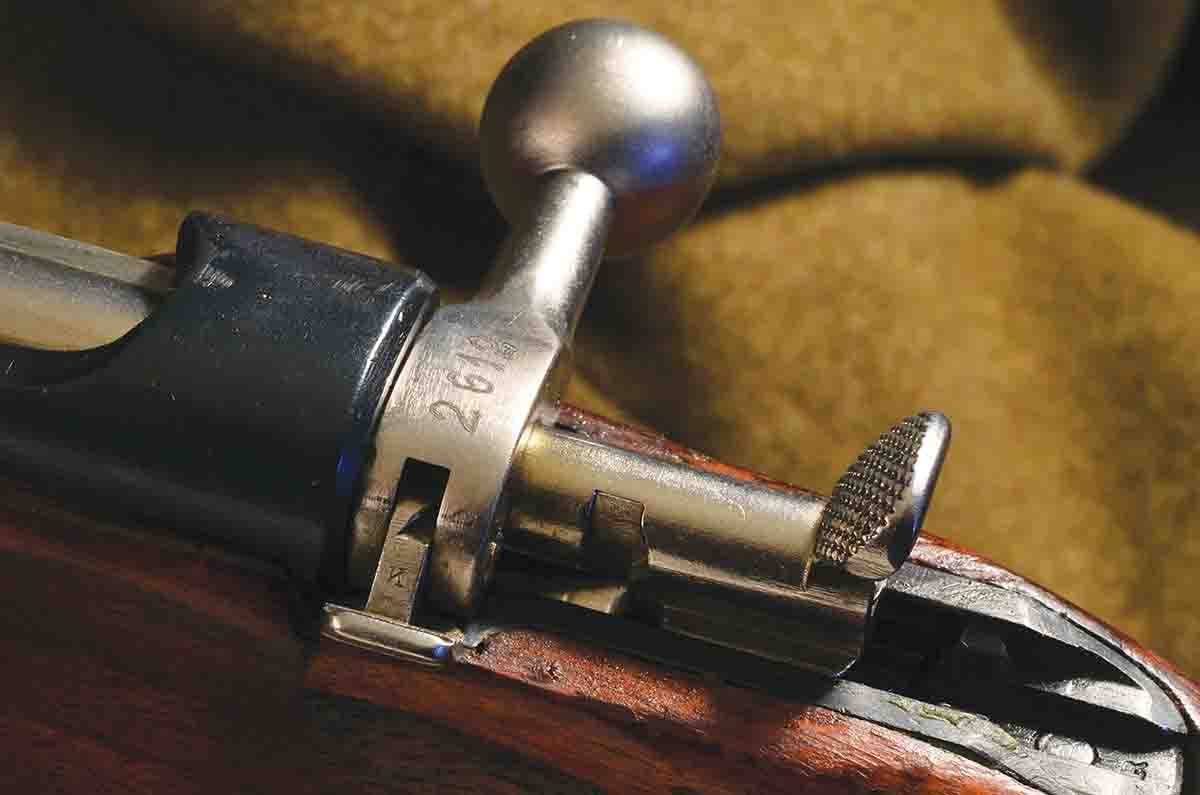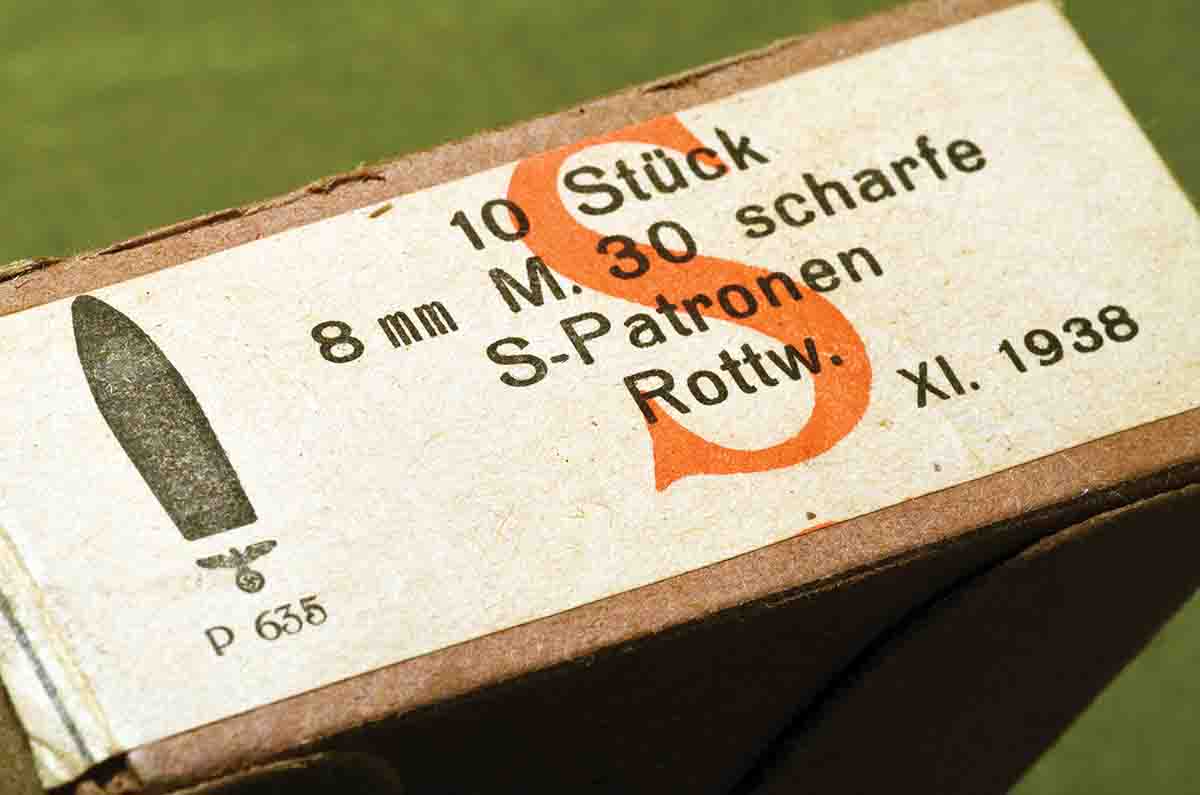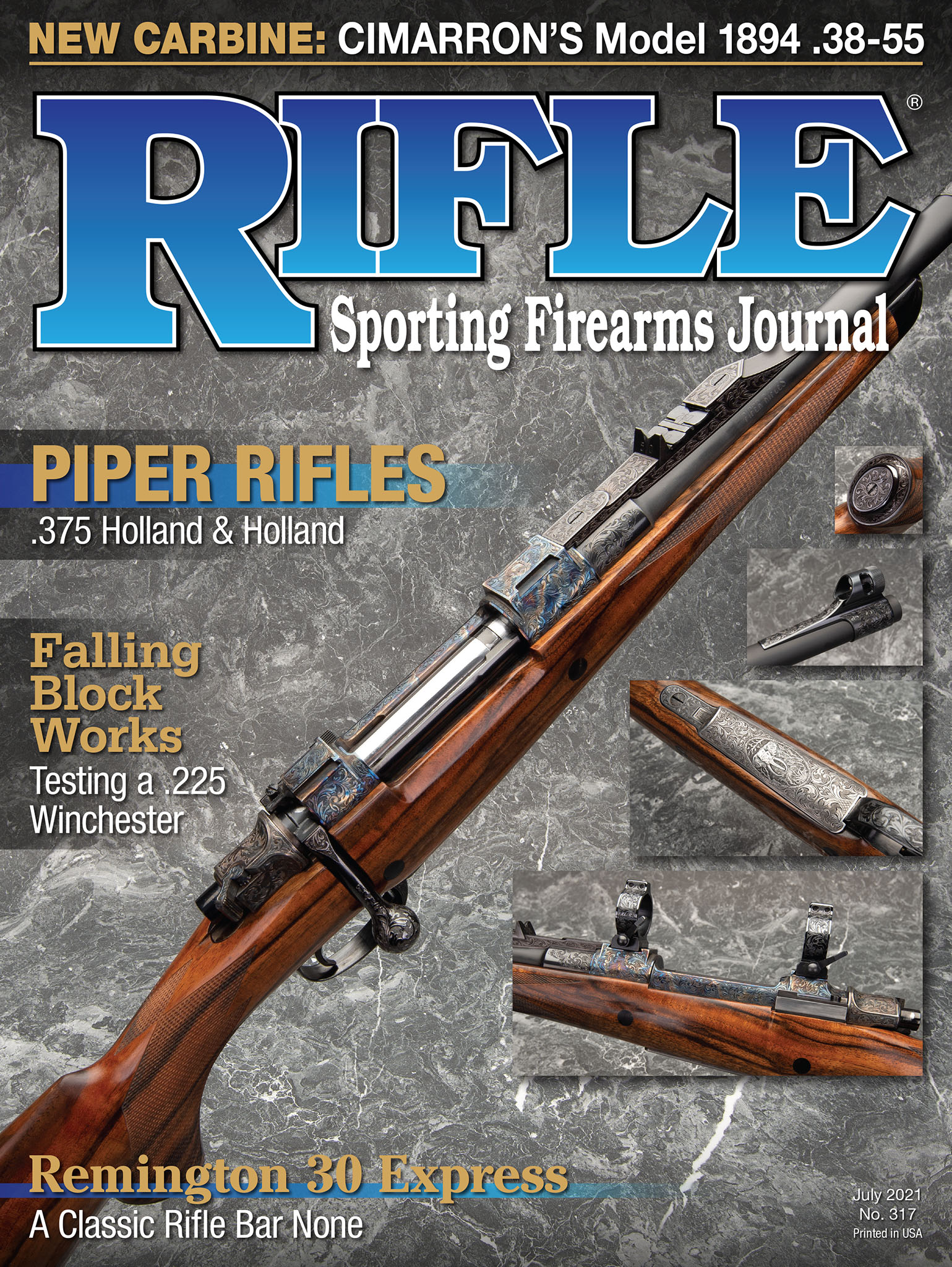The Magyar Mini-Magnum
Hungary's Mannlicher Variation
feature By: Terry Wieland | July, 21


In 1918, with the splintering of the Austro-Hungarian Empire, Hungary became a completely independent state and, like any central European power in the rather fraught decades of the 1920s and 1930s, was seriously concerned with arming itself to defend its borders.

Hungary was an ancient state, but within the empire, its borders were rather vaguely defined. With that empire gone, it found itself beset by Romania, Czechoslovakia and, to a lesser extent, Austria. Romania had been on the Allied side in the Great War (albeit briefly), but regarded huge chunks of historic Hungary as a legitimate war prize; Slovakia, which became the eastern portion of Czechoslovakia, had been known as North Hungary, and Hungary was eager to keep it rather than cede it to the Czechs. As for Austria, it had gone to war with Hungary as recently as 1848; after 1867, they were separate kingdoms under one monarch, and there was little love lost.
To make things worse, in 1919, Hungary endured a short-lived Marxist regime under Béla Kun, who was acting as an acolyte of V.I. Lenin in Moscow and at one point asked for Red Army intervention to combat the Romanian and Czech invaders. Altogether, it was a bloody period of political and social turmoil.

Not surprisingly, when stability was restored, deep suspicion remained. Surrounded by potential enemies, the new state of Hungary set about rearming.

In 1918, the Austro-Hungarian Army as a whole numbered nearly 8 million men, of whom the Hungarian Honved totaled about 1.4 million. Compared to the main body, they were well equipped and should have been in a strong position to defend themselves. Unfortunately, hoping for peace, they disarmed unilaterally – a big mistake, since none of their neighbors followed suit.
The disarming resulted in a huge stockpile of weapons. The main infantry weapon was the Mannlicher Model 1895 straight-pull long rifle, the short (stützen) rifle and the carbine, all chambered for the 8x50R (Austrian) cartridge. The Austro-Hungarian Empire had possessed a formidable array of armaments manufacturers, with Steyr-Mannlicher in Austria, and Skoda and Brno in Czechoslovakia being the main ones. After 1919, all of these facilities were in what Hungary saw – with justification – as hostile territory. A country can hardly depend on neighbors with whom it might find itself at war, over either boundaries or ideology, for the weapons needed to defend itself.
Steyr had a subsidiary factory in Budapest, as well as FÉG, which was founded in 1891, and the latter became the locus of Hungary’s rearmament efforts.

Coincidentally, under the Treaty of Versailles, Germany was strictly limited in both the type and quantity of weapons it could manufacture, and it undertook some complicated deals to get around these restrictions. In one case, a German company acquired majority ownership of the Swiss armaments company Solothurn. In turn, Solothurn began selling machine guns to various states, including Hungary.
Initially, Solothurn’s MG 30 machine gun was chambered for the German 8x57 military round, but this presented difficulties related to the arms restrictions, so Hungary, in cooperation with Solothurn, developed its own cartridge, the 8x56R (Hungarian), known as the M31. Except for the rim, it was not vastly different than the 8x57, having roughly the same powder capacity. It also used an unusual .329-inch bullet rather than the conventional 8mm .323. It was a spitzer (pointed) projectile weighing 208 grains. With a muzzle velocity of 2,395 feet per second (fps), it was slightly superior to the Austrian 8x50R. It should be noted that Cartridges of the World, beginning with the first edition in 1965, stated that the military round attained a velocity of 2,025 fps – a substantial difference – but by the latest edition suggests it was closer to 2,300. I suspect that these disparities are the result of test-firing in the 30-inch barreled rifle in one case, and the 19-inch stützen in another.

The Mannlicher M95 was the least known of all the rifles used by the major combatants in the Great War, overshadowed even by the Russian Mosin-Nagant and the Italian Carcano, but it was an excellent battle rifle all the same. It was the culmination of a series of straight-pull rifles designed by Ferdinand von Mannlicher between 1884 and 1895, each one an improvement on the last. Walter H.B. Smith, one of the twentieth-century’s foremost arms historians, regarded it as “one of the soundest and strongest [straight-pull rifles] ever made” and “one of the most important…designs ever developed.”
Advances in steel alloys at Steyr allowed the company to reduce the size and weight of the barrel, and the M95 was almost 2 pounds lighter than earlier models. As well, it was the first production rifle to have a bolt made of stainless steel. The bolt was simple, with few moving parts. It locked closed with dual opposed locking lugs cammed into place by an external shroud. The cocking piece had a knurled projection that allowed it to be easily thumbed back, like the hammer on a Winchester 94. In the event of a misfire (all too common in those days), the soldier could recock it and try it again without opening the action.

The rifle used the Mannlicher “packet” system, similar to the German Commission ’88 rifle, which Mannlicher had a hand in designing. Five cartridges are held in a spring-steel clip which is inserted into the action intact. When the last cartridge is chambered, the empty clip drops out the bottom of the action. If it sticks for any reason, it’s simply pushed out as the next clip is pressed down. Combined with the lightning-fast straight pull, it afforded tremendous firepower.
There were complaints, the main one being that troops had to thaw the action over fires to get them to work in subzero temperatures during the winter wars in the Carpathians and the Alps, but that was true of most rifles.
Overall, the M95 was highly respected. In the early battles on the Eastern Front, the Russians captured thousands of them – enough to equip two complete corps and justify building a separate ammunition plant to supply 8x50R ammunition. Conversely, the Austrians captured thousands of Mosin-Nagants, but did not see fit to use them much. After 1918, hundreds of thousands of M95s were handed over to Italy as war reparations, and these saw use by the Italian Army during the next war.

Unfortunately, the rebarreled rifles had some problems, the main one being difficulty in extraction, and so instead of manufacturing more M95s, Hungary instead adopted an older model turn-bolt Mannlicher design. This became known as the Model 35. The difficulty was obviously not life-threatening, however, since the M31/M95s remained in use, and some were even rechambered to the more common German 8x57 as the 1930s drew to a close, and a second great war began to seem inevitable.
After its short-lived flirtation with Marxism, Hungary adopted a constitutional monarchy form of government led by Admiral Miklós Horthy as regent. By the late 1930s, Horthy, an avowed anti-communist, formed a reluctant alliance with Nazi Germany. This resulted in, among other things, changes to its armament and sources of ammunition as they sought to standardize and simplify supply.
The Mannlicher M95 is not a particularly scarce rifle in either its original or Hungarian form, but the Hungarian rifles, stützens, and carbines seem to be commonly available in much better condition. It seems that many spent the war years in storage, and were only pulled out after the Iron Curtain came down. As a result, there was an influx into the U.S. during the 1990s and early 2000s – enough of them, and enough demand for ammunition, that Graf & Sons began importing brass, bullets and loaded ammunition from Prvi Partizan (PPU) in Serbia. Graf also prevailed on Hornady to load some 8x56R using PPU brass and its own 205-grain bullets, and this was available for a brief period. Exactly how sanctions affected supplies from PPU during the turbulent 1990s in the Balkans (When is it not turbulent in the Balkans?), I can’t really say.
At any rate, they are nice rifles, very well made, and some of them are in practically new condition. Loading for them is not difficult, except that load data is in short supply. As well, while you can load .323-diameter bullets, accuracy is poor, and the proper .329-diameter projectiles are not easy to come by. Hornady still makes its excellent 205-grain bullet, Graf offers PPU 225-grain bullets, and cast bullets can be made using some old Ideal bullet moulds.
Cartridges of the World (First Edition, 1965) suggests a load using IMR-3031 with a 198- or 206- grain bullet. IMR-3031 would have been my own first thought, but the Powley Computer insists on either H-4831 or IMR-4350 with the 225-grain bullet, and either 4895 (IMR or Hodgdon), IMR-4064 or IMR-4320 with the 205-grain bullet. And who am I to argue?

As with any straight-pull rifle, ease of extraction is a concern, and hot loads cause problems. In firing 30 rounds at the range to get the results shown in the accompanying table, I had only one failure to extract. This was not a stuck case, merely a case of the extractor slipping over the rim. The brass showed no pressure signs whatsoever, and all the loads were quite comfortable to shoot. Duplicating the original ballistics is no problem, especially with the excellent Hornady bullet. This allows the use of the military sights with little or no allowance.
A 205-grain bullet at 2,300-plus fps (stützen) or 2,400-plus (long rifle) is not a magnum, but it’s pretty formidable all the same.
After 1945, Hungary became part of the Soviet bloc, adopted Soviet rifles and limited their armaments industry to modifications of the AK system. As for FÉG, it is still in existence and is a major producer of heating, ventilation and air-conditioning (HVAC) systems.



.jpg)